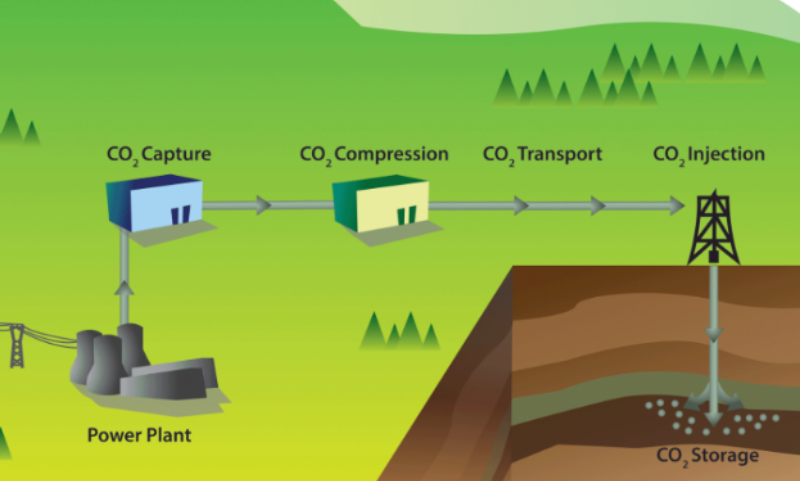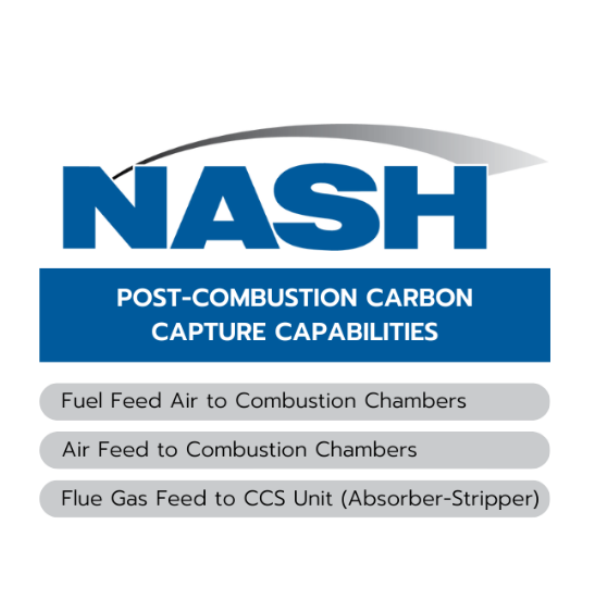Choose a different country or region to see the content specific to your location
Select Your Country/Region
Current Region:
 Global (EN)
Global (EN)
Choose a different country or region to see the content specific to your location
Current Region:
 Global (EN)
Global (EN)
How can we help you?
Nash is recognized worldwide for our engineering expertise in liquid ring and dry vacuum technologies that are custom engineered for unique applications and specifications. Nash vacuum products are designed to maximize operational efficiencies and are an ideal component for processes within the carbon capture, utilization, and storage (CCUS) industry.
By combining our unparalleled engineering expertise with our comprehensive portfolio of vacuum pumps, we offer reliable and cost-effective solutions that can scale as your carbon capture project grows. Nash provides support to leading global EPC contractors and engineering companies and provides expertise for groundbreaking carbon capture projects worldwide.
With innovative technologies and a consultative approach, you can count on Nash to provide optimal solutions to support the pilot development, concept validation, and full-scale production of your carbon capture and sequestration projects.
Nash provides durable vacuum systems for carbon capture solutions. Paired with technologies from within our family of brands, like Hoffman & Lamson blower systems, our extensive portfolio of vacuum and blower technologies can meet the demands of any unique carbon capture system requirement. Paired with over 100 years of engineering expertise, our vacuum and blower products are ideal for industrial carbon capture systems.
Nash provides durable vacuum systems for carbon capture solutions. Paired with technologies from within our family of brands, like Hoffman & Lamson blower systems, our extensive portfolio of vacuum and blower technologies can meet the demands of any unique carbon capture system requirement. Paired with over 100 years of engineering expertise, our vacuum and blower products are ideal for industrial carbon capture systems.
The Carbon Capture Industry includes a variety of unique processes and technologies that aid in capturing, repurposing, or safely storing carbon dioxide (CO2) emissions found within industrial processes like power plants. It is often abbreviated as CCS (Carbon Capture and Storage) or CCUS (Carbon Capture, Utilization, and Storage/Sequestration).

CO2 Capture and Transport |
Utilization or Usage |
Sequestration or Storage |
|
CO2 can be captured directly from large emission sources like power plants or ethanol plants. Carbon is removed using post-combustion, pre-combustion, or oxyfuel combustion techniques. Once the CO2 is removed, it will require transport to appropriate CO2 storage locations or different industrial plants to be utilized in other processes. |
Captured CO2 can be used to manufacture fuels and building materials, and aid in the production of other products like concrete or plastics. |
Carbon sequestration is the process of safely storing CO2 after it has been captured. Used carbon can be transported to designated underground collection areas for permanent storage or other industrial facilities until it is ready to be used. |
Post-combustion carbon capture is commonly used in small and medium-scale industrial applications. It offers the unique cost-saving advantage of being retrofittable to existing carbon-producing systems. Post-combustion CO2 capture involves capturing carbon from the point source in the flue gas after combustion.
